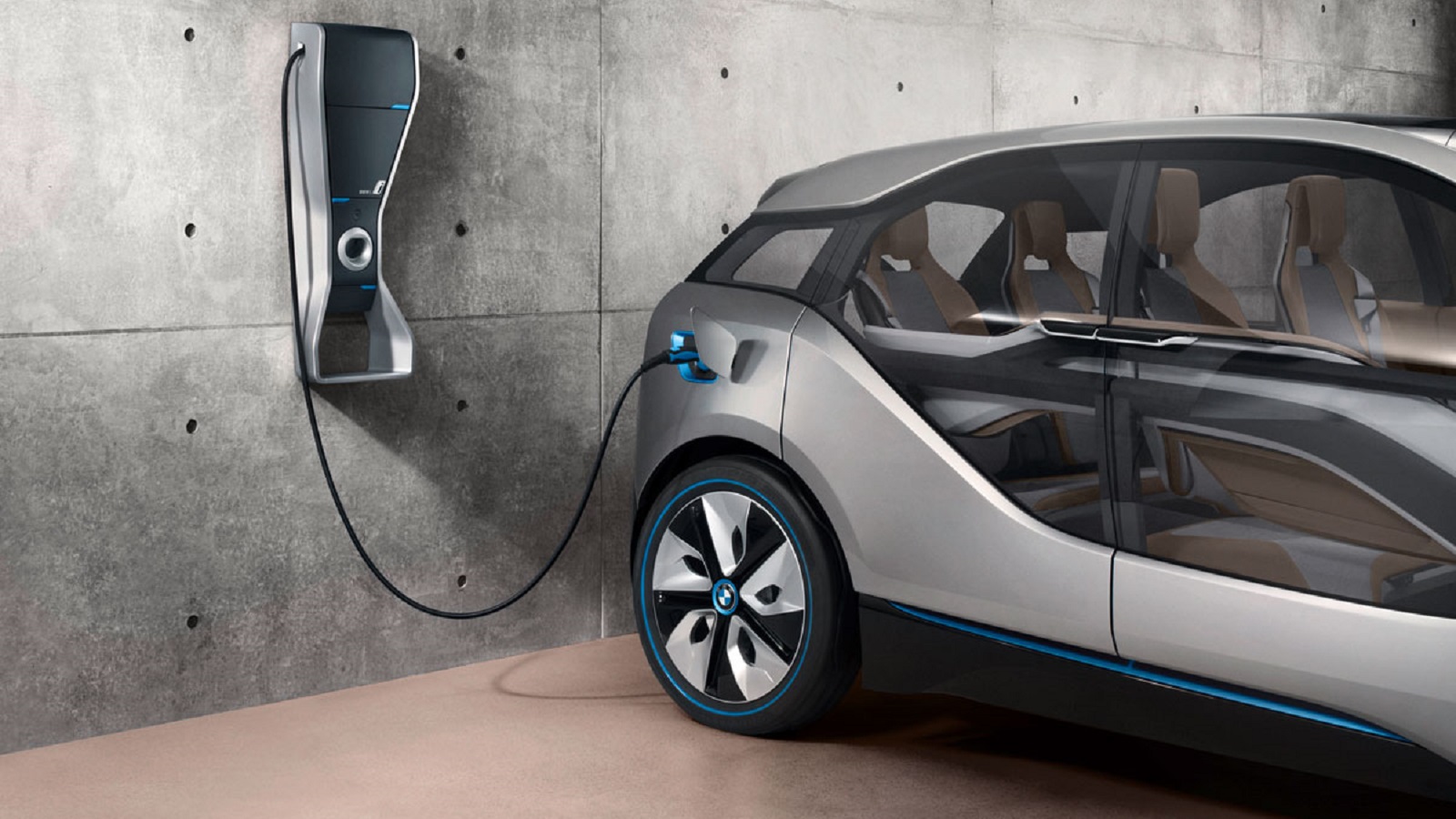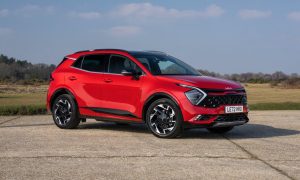
If have an electric vehicle (EV) or plug-in hybrid electric vehicle (PHEV), you might be able to save more money on the electricity you use to charge your car. It all depends on where you live and if your electric utility company bills its customers via flat rate or tiered rates.
There isn’t a choice for many U.S. consumers, because their electric utility only offers flat rate billing. This means that no matter how much electricity you use, you pay a set price per each Kilowatt-hour used. However, as the sales staff at Westbury Toyota of Westbury, a NY-based Toyota dealer explain, electric car owners living in urban areas often are served by utilities that have tiered pricing. With tiered pricing, the pricing of the electricity depends on the time of day you use it.
In Search of the Cheapest Charge
So, finding the cheapest power for your plug-in car isn’t like shopping around for gas. You’re stuck with the utility that serves your home or workplace and the rates it charges. But if there is a choice of tiered plan, as we mentioned above, knowing when to charge your car can mean hundreds of dollars a year in electricity bill savings. In fact, the difference could be as much as paying 10 cents or up to 35 cents per kilowatt-hour of electricity.
Call the Utility First
The best way to find out whether your electric provider has any special rate plans is simply to make a phone call. They should have trained personnel that can explain how they do their billing. Our advice, don’t hesitate! Amazingly, a recent California survey by the California Center for Sustainable Energy found that about a third of that state’s owners of plug-in vehicles aren’t using the electricity rate plan that could save them the most money!
Saving Money
First of all, it really doesn’t matter to the utility whether you are charging at 120 volts or on a faster 240-volt charging station (also known as Level 2 charging). The cost of power is the same at whichever level you choose to charge at. The issue is how your utility bills your for kilowatt-hours. If your utility has tiered pricing, the difference is usually in the time of day the vehicle is charging.
Charge at the best time
Your utility will explain that they typically divide the day into various “off-peak”, “mid-peak” and “peak” periods of time. Typically they charge more for power that’s used during the day and less for low-demand periods, such as midnight to 6 a.m. Mid-peak periods are typically early morning and late evening hours. You want to set your car charger to kick on when the rates are the cheapest. It’s actually pretty simple and it’s amazing more people don’t take advantage of this cheaper electricity.
Conclusion
Don’t be in the third of the population that charges their electric vehicle at the wrong time. It’s just too easy to set the charger to charge at night! Over the period of a year, you may save hundreds of dollars.
Image Source: bmwblog.com
Previous article
How to Plug a Tire


